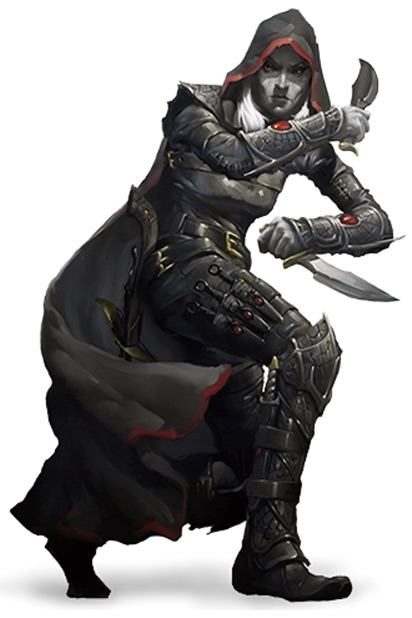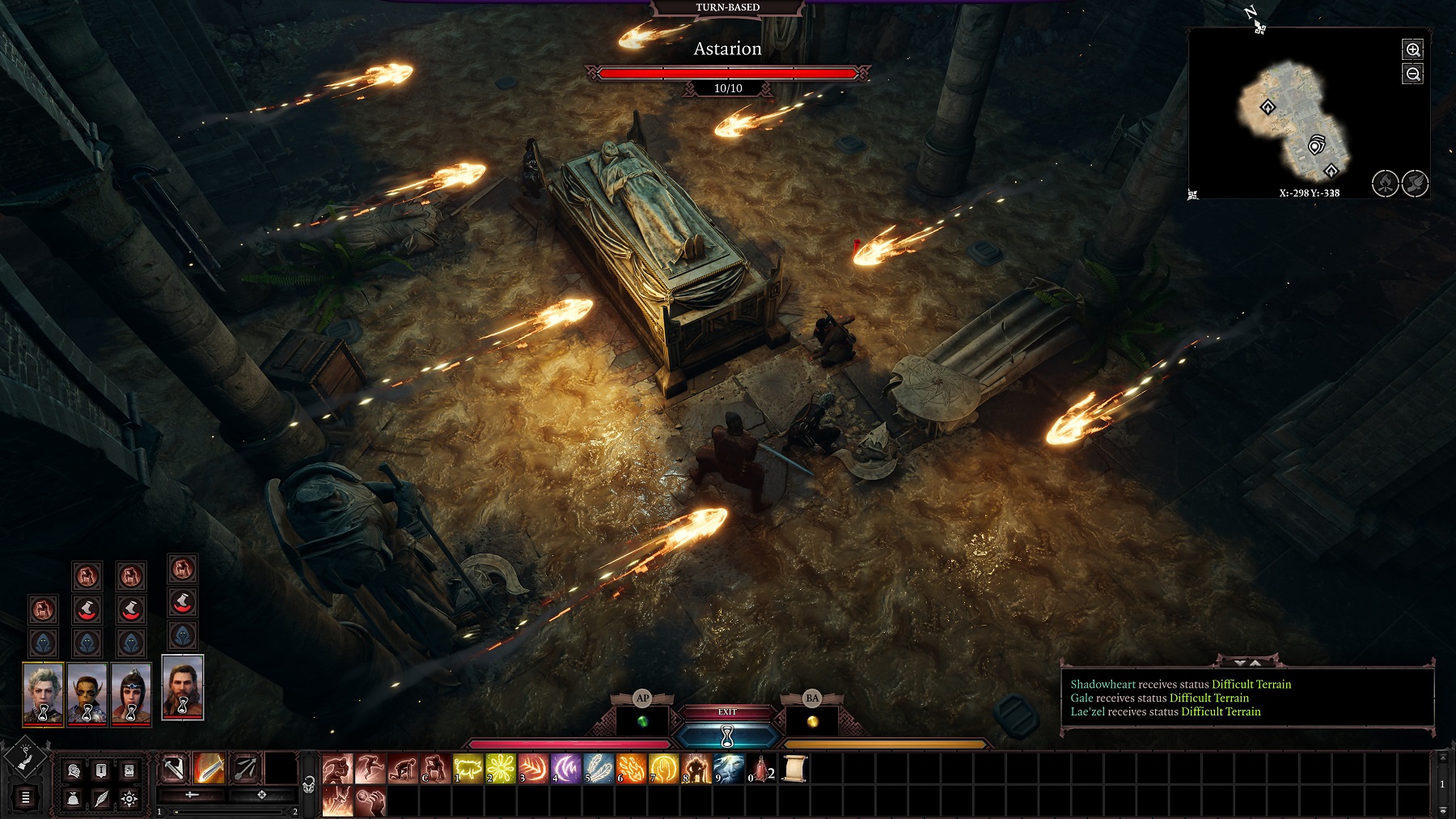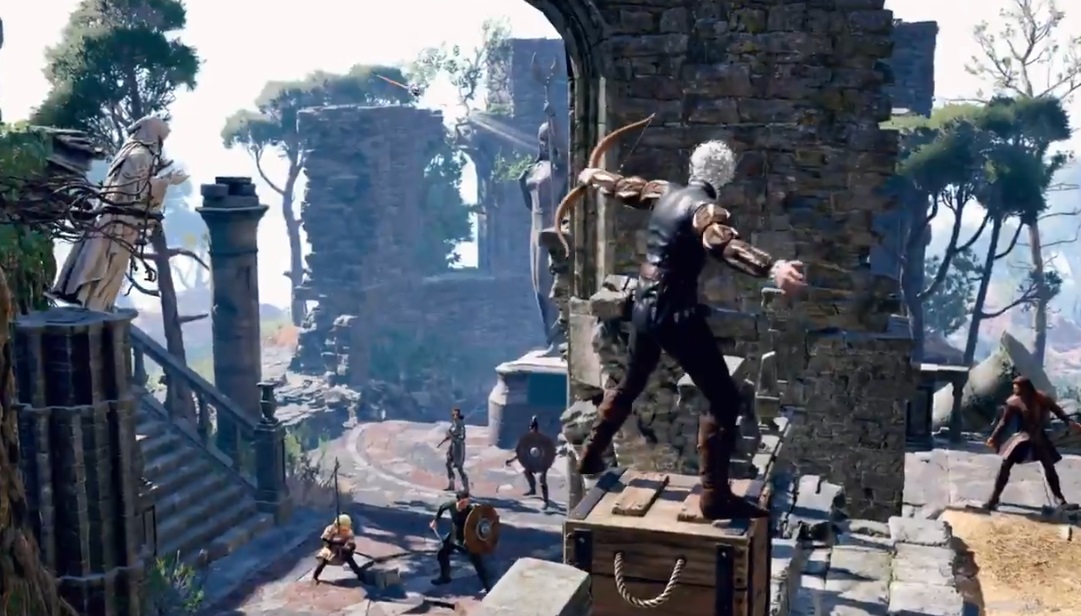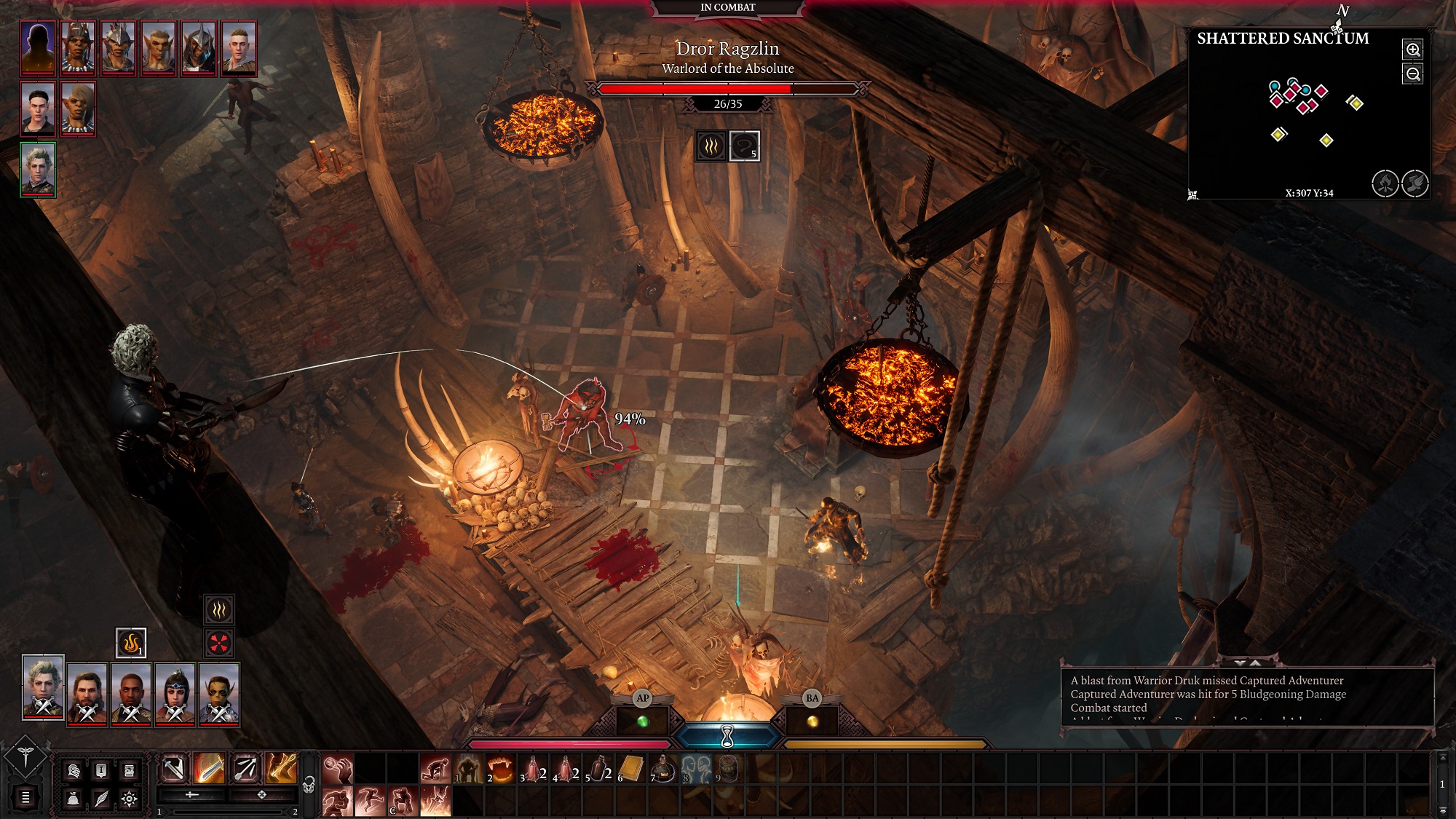D&D: Here’s How Stealth And Combat Will Flow In Baldur’s Gate III
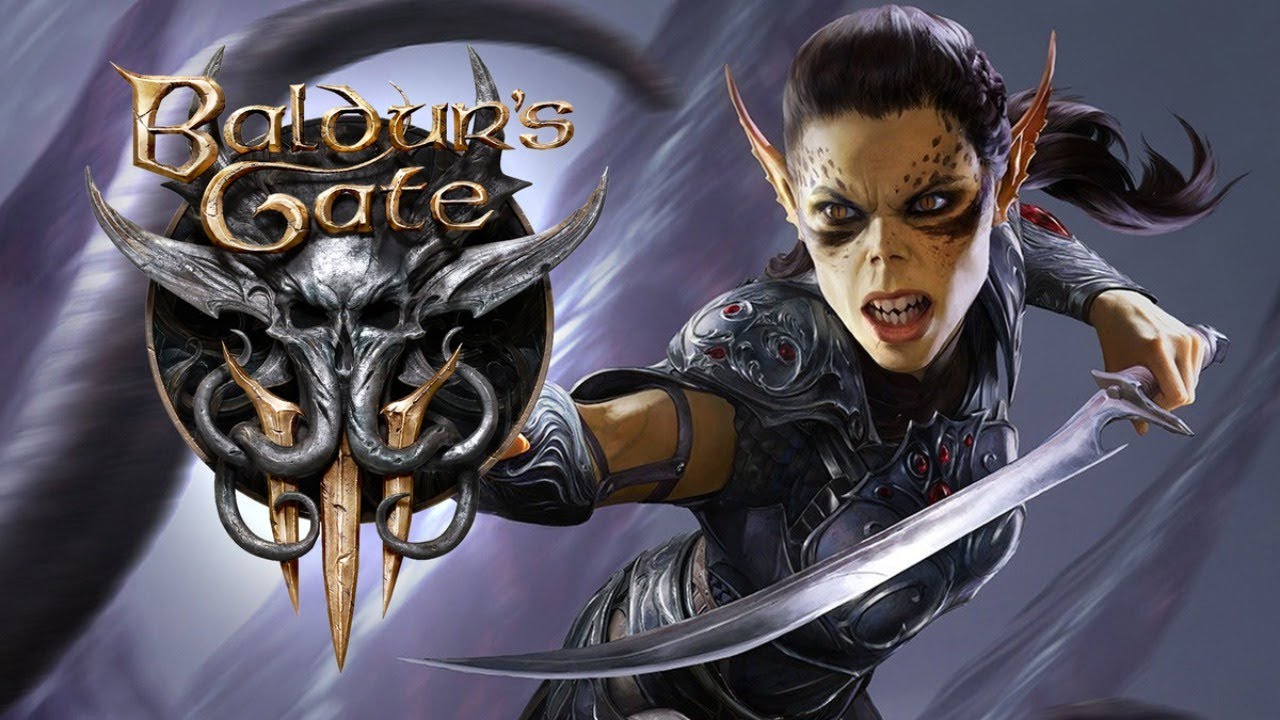
A new development update reveals juicy details about how stealth and combat will work in Baldur’s Gate 3. Come see why your Rogue might be OP.
Stealth checks are a part of life in any D&D game, whether you’re trying to sneak past a goblin guarding the first cave you stumble across as a lowly level one adventurer, or as seasoned adventurers looking to make their way unseen to strike at a god or a lich or something. And it’s easy to see why, when you can use it to your advantage, stealth lets you start a fight on your turn, it lets you be in position to take out the weakest enemies, disabling spellcasters before they’re a problem, and fading back into the shadows. Can’t hit what you can’t see.
Which is why Stealth is one of the two pieces of the latest update for Baldur’s Gate III. Developers Larian Studios have been overhauling the way both stealth and combat works. I’d talk about how important combat is to D&D, but if you don’t realize that by now, you’ve been playing a very different kind of D&D than like 90% of the rest of D&D players. Suffice it to say, the game is shaping up to be really cool, even if it diverges from the rules as they are written in the PHB. Let’s take a look at the Combat and Stealth update!
via Larian Studios
If you watch some of the combat in the latest trailer, or in the gameplay preview at D&D Live, you’ll notice that everything feels a lot smoother. This is due to a number of changes under the hood:
We invested heavily into what drives our animation pipeline, and specifically made tweaks to improve the feel and motion in combat. The increased brevity and flow is down to many, many changes shaving off microseconds (and sometimes entire seconds). For example, another character’s turn will begin – behind the scenes – as the previous character is ending their animation. Even things as simple as combining move animations with the hit of a melee strike shaves seconds off combat.
This complements Larian’s approach to real-time and turn-based combat. You move in real time outside of combat, and when you slip into combat, everything gets slice up into six seconds of “real time.” So you can move as far as your character could with six seconds of animation, and attacks and the like fall into that slice of real time as well. Which is why the sequence of animation helps speed it up.
It also leads to a few other interesting effects–if you have several combatants from the same faction (enemies, allies, etc.) have adjacent turns, you can simultaneously command them. This lets you pull off a few turn-order tricks that you might not be able to set up otherwise. But it highlights how the game has adapted the 5th Edition engine into an experience all its own.
That means that based on the results of the initiative roll, you’ll experience a different tactical puzzle in each combat that really mixes everything up but still allows you to react to the “cards” you’re “dealt”, so to speak. (There aren’t literally any cards, sorry MTG fans!) Between the RNG of initiative, and the planning, you should be able to have a fresh experience with every combat while still being able to predict and plan with friends how to combine spells and abilities, and ultimately win the fight.
The other feature that has folks excited is the multiplayer component–up to four players can play in a single session, with each characters taking over a single avatar in a party. In multiplayer, if your friends are all in sequential initiative, you can all take your turn at once, meaning you can potentially devastate the enemy before they even get to go.
But we’re also here to talk about Stealth. Stealth is a big part of certain BG III characters, and Larian Studios, with their emphasis on verticality and using the environment to your advantage (by pushing folks off of that height), makes stealth a powerful option for characters looking to solo their way through the game. Or mix it in with a party ready to back your stealth attack with a frontal assault, and you theoretically have it made.
Stealth in BG III works the way it does in most games, your character adopts a “stealthy” stance, your movement is slowed, and you start to see things like light and shadow. But in BG III, you have the advantage of the 6 second real time slices… allowing you to navigate a hazardous environment six seconds at a time. So you can avoid a trap, or see where an enemy is headed and have plenty of time to think and react to their movements, or even redeem a single mistake.
Baldur’s Gate III does make use of all those swanky lighting rules, so here’s something to consider:
- Clear area = always visible.
- Lightly obscured = stealth check.
- Lightly obscured + enemy has darkvision = visible.
- Heavily obscured = undetected.
- Heavily obscured + enemy has darkvision = stealth check.
Now that seems straightforward enough, but add in Larian’s penchant for manipulating the environment (including lighting) by things like casting spells, throwing water at torches, or moving boxes to block sightlines, and stealth becomes a satisfying puzzle. More details are on the way, and as we get closer to August and the potential early access date, we’ll keep you updated as more comes out.
How do you think Baldur’s Gate 3 is shaping up? Let us know in the comments, and happy adventuring!

